The software industry will have a revolution in 2025 courtesy of cloud app development solution providers, but the revolution comes with its own and well-changing security challenges. Organizations need to be proactive in making applications hardened against threats, protecting sensitive data and ensuring compliance at the same time making business agile.
This paper examines the current best security obstacles in the development of cloud applications as well as provides practical best practice and how the teams can effectively overcome these challenges and build successful and secure, scalable, and resilient cloud applications.
Understanding Security Challenges in Cloud App Development
As more applications and services move to the cloud, the malicious actors have an ever-growing attack surface. Unauthorized access, insecure APIs, configuration errors, data breaches, inability to see shadow IT, and compliance risks have become the threats faced by cloud app development solution providers
Key security concerns include:
Credential compromise-related identity theft.
Unencrypted data is exposed either in transit or rest.
Insecure or old APIs that are prone to being attacked.
Misconfigurations with applications resulting in information leakage.
Difficulty in complying because of changing regulations.
Quick deployments conquering manual security mechanisms.
Best Practices for Strengthening Cloud App Security in 2025
The creation of a strong cloud application development resource in 2025 will imply the implementation of security since its creation and the development of the security system are continuous and should be maintained as the threats evolve. These practices are imperative, namely:
Access Control and Group Management (ACGM)
It is basic to control the access of cloud apps, and to what level, by whom. Introduce multi-factor authentication (MFA), role-based access control, and life cycle management of user access. Always use the principle of least privilege and therefore users will only be granted permission to what they require to carry out.
Data Encryption Everywhere
All sensitive data must be encrypted on the rest, in use and during transit. Encrypt end-to-end, take care with keys (better with customer-controlled ones) and database encryption should never be overlooked. Regulatory compliance requires encryptions to protect against data theft, even if it is not accessed properly.
API Security
APIs provide connectivity to all things in the cloud ecosystems, and they are the most desirable targets of attack when not secured. Strong authentication OAuth 2.0, OpenID Connect), rate limiting, frequent auditing/versioning, and strict input validation are to be used. Ensure API security is a key component in your solution to cloud app development that includes security-first coding and automated testing as a part of the development lifecycle.
Preventing Misconfigurations
Unconfigured cloud resources such as a public storage bucket or a broadly generous permission set are the root cause of most data breaches. The automated and continuous monitoring of cloud configuration, such as AWS Config or CloudSploit, can solve issues and detect them quickly before they are recognized by attackers. It is necessary to scan infrastructure-as-code templates on a regular basis.
Constant Surveillance and recording.
The daily logs and active monitoring can help immediately identify any kind of irregularities or potential violations by teams. Alter the logs by implementing security information and event management (SIEM) solutions to alert security teams and facilitate forensic incident analysis through real-time analysis of logs. The common threat automated alerts and playbooks aid in containing problems within a short time.
Compliance and Auditing
The cloud app development solutions should comply with HIPAA, GDPR and PCI DSS regulations. Integrate compliance testing in the application development and implementation process. This is because frequent audit, ongoing documentation and observability of compliance with standards minimize legal and reputational risks.
Security Processes Automation.
The rate of cloud applications deployment is too high to be followed by manual security checks. Enforce cloud-native tools or homegrown tools to automate vulnerability scanning, patch management, compliance reporting, and incident response. Security automation facilitates the implementation of updates, identification of dangers, and a robust defense as the environment grows.
DevOps application security.
DevSecOps also incorporates the concept of application security into all phases of the software development lifecycle to ensure that the introduction of fast deployments does not lead to vulnerabilities. Agile sprints should include threat modeling, code reviews, penetration tests, and secure code guidelines. The static and dynamic analysis tools can assist in detecting bugs prior to release.
Zero Trust Model
The future of cloud app security is zero trust in 2025. Take up a stance that authenticates all people and all things in and out of the network. These involve continuous monitoring and dynamic segmentation and never thinking that even authorized users are innocent. Use the least privilege in all places and re-architecture your app using the principles of Zero Trust.
Secure Cloud App Development Solution.
A striking solution of cloud app development in 2025 includes:
Fine-grained access control rules and MFA automation of IAM.
Encryption of all data assets.
Regular security patching of secure-by-design APIs.
Continuous compliance and governance models.
Configuration automation and threat response automation of infrastructure.
Best practices on devsecops in terms of incorporating security during each development sprint.
Authoritative Zero Trust architecture of everything.
Such a solution allows organizations to launch, scale, and innovate on the cloud with ease, and remain visible and in control of security risks.
Conclusion
The process of cloud app security is a continuous process of defending against the cyber threats. With the help of these best practices, and cloud app development solutions that keep advancing, organizations will have an opportunity to reduce risks, remain compliant, and establish trust among the users in 2025 and beyond.
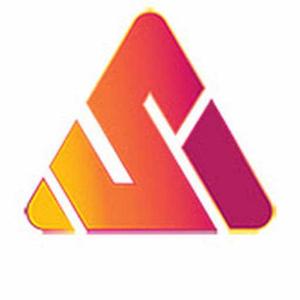

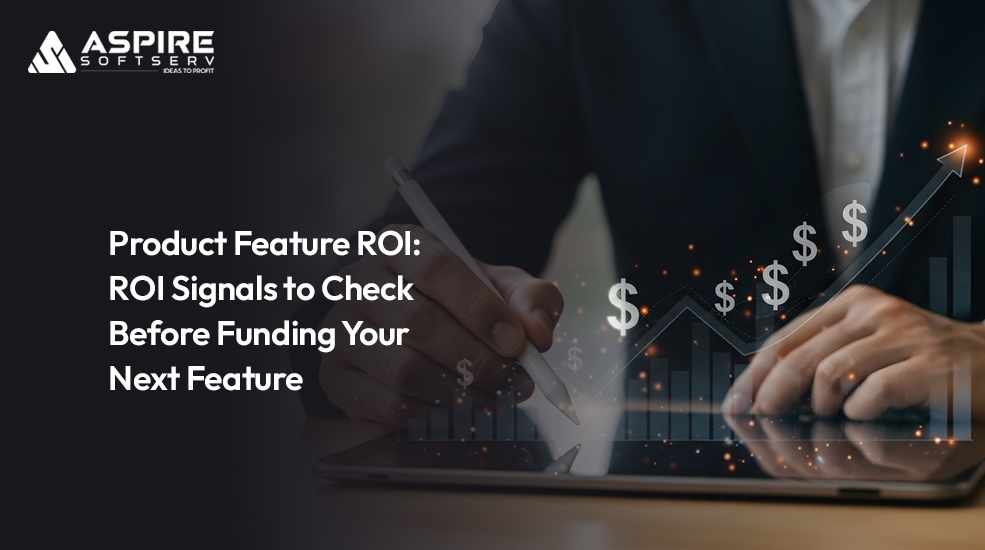
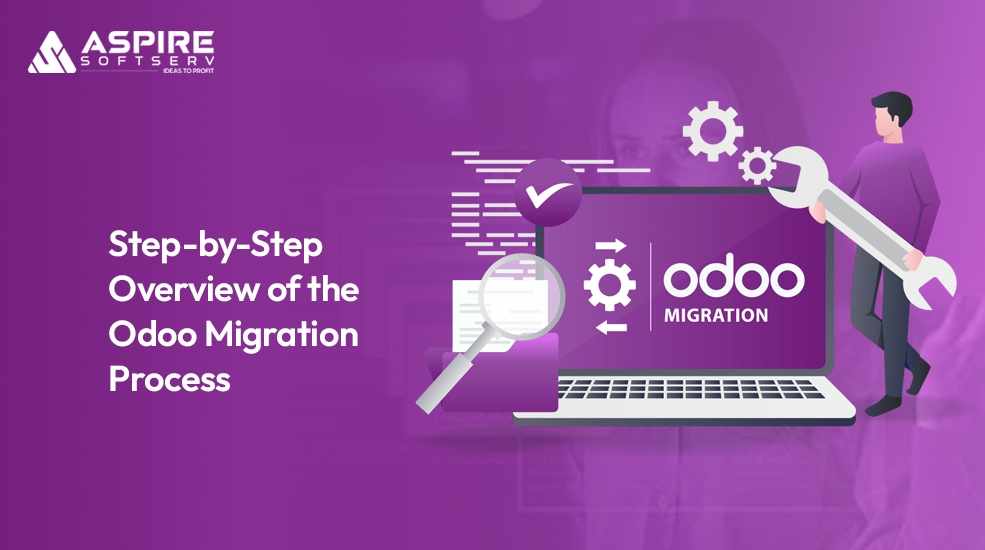


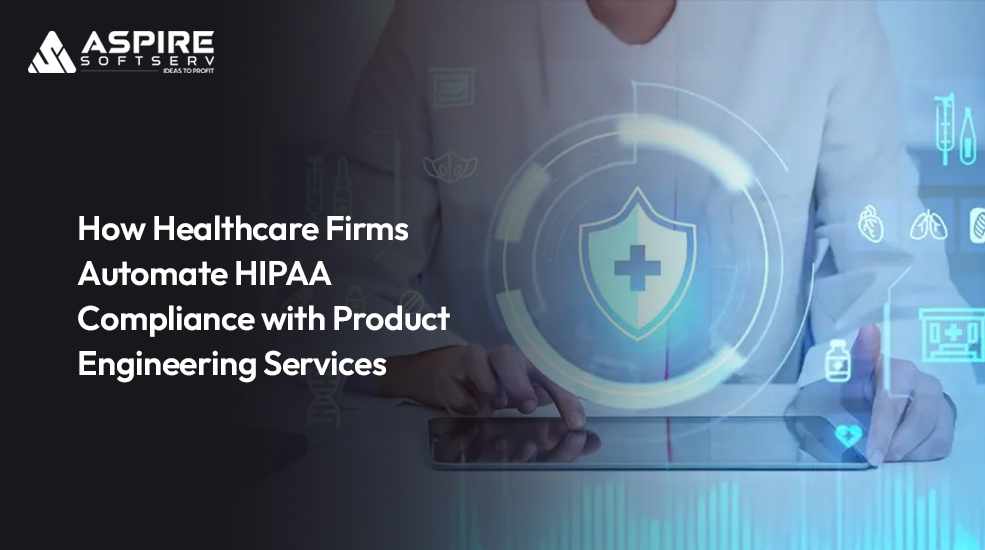


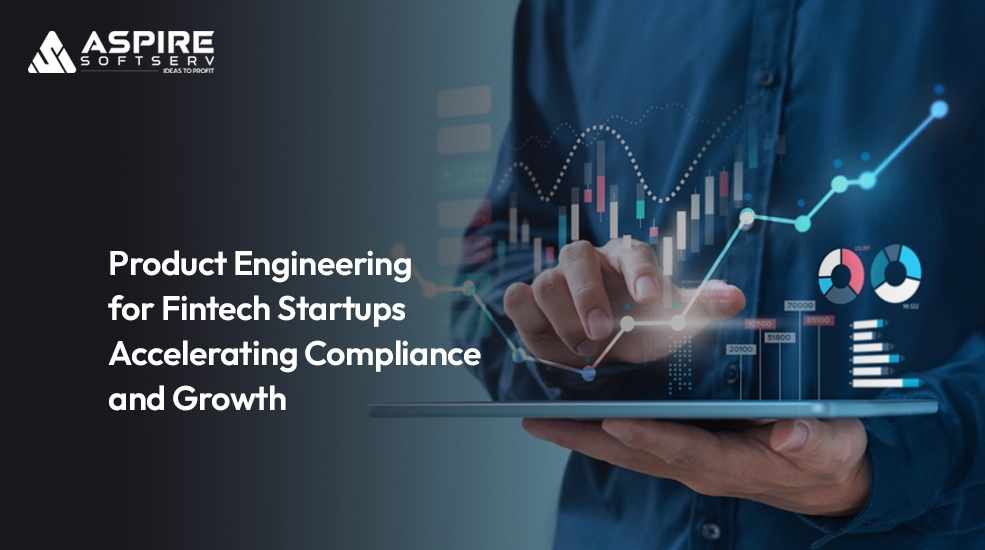
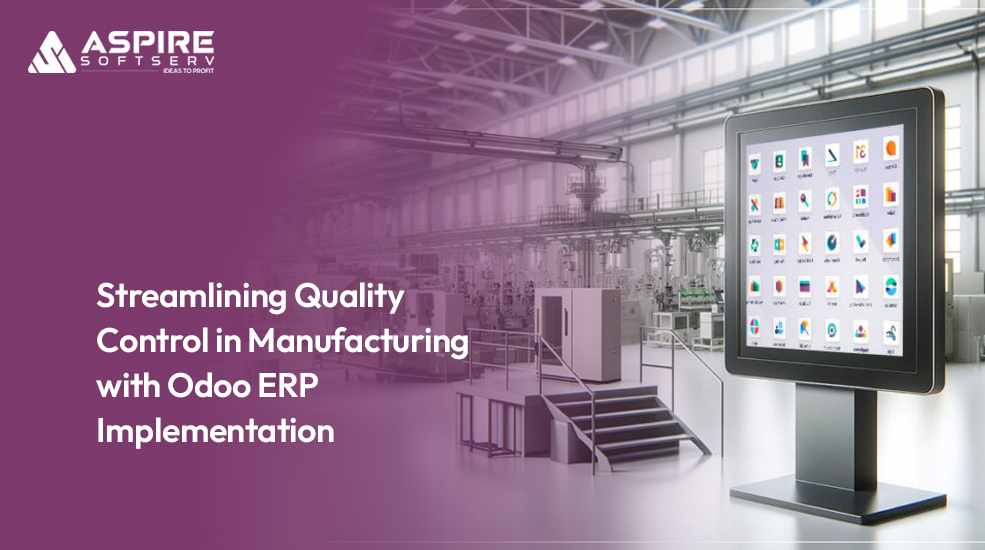

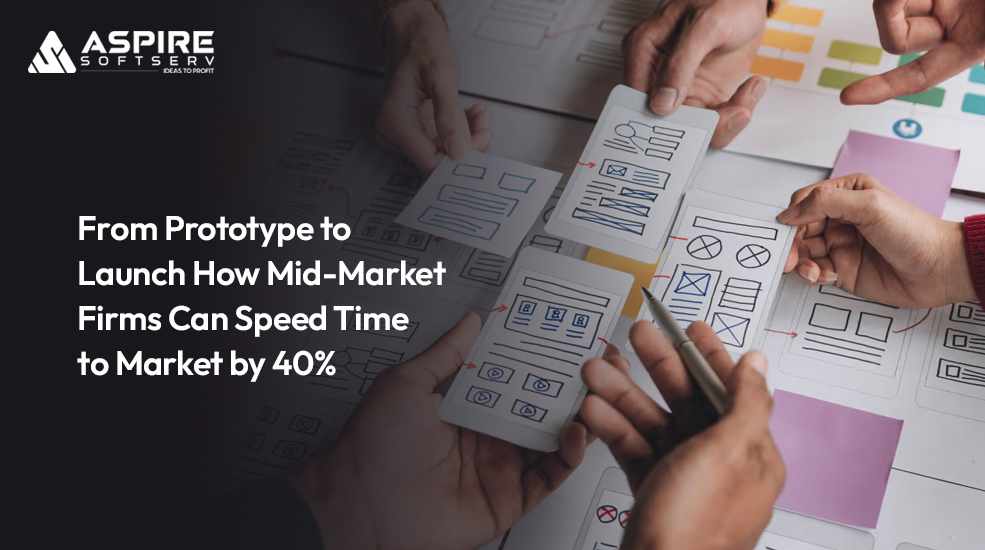


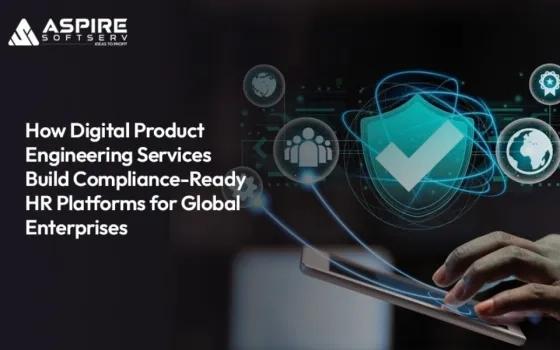


Write a comment ...